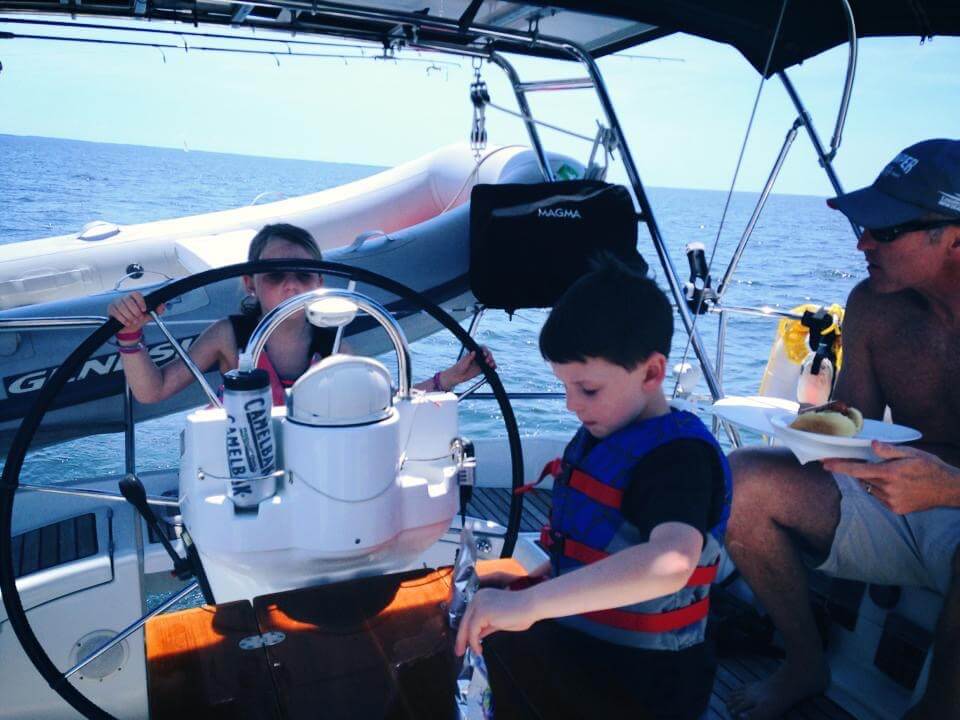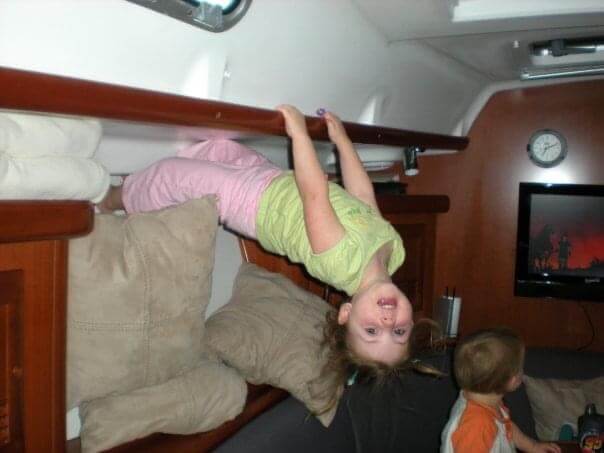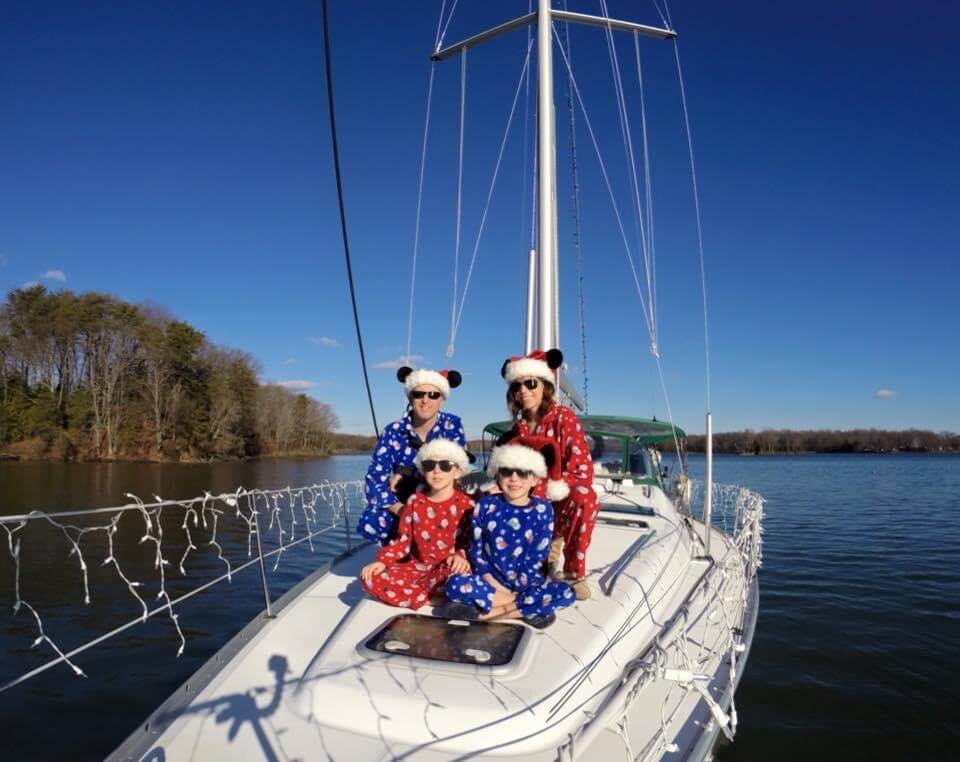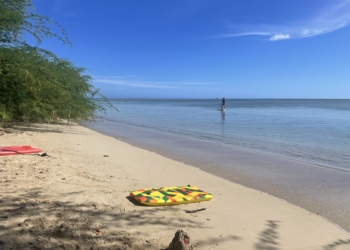When her family was PCSing from Mississippi to Everett, Washington in 2009, Jody Powers, then a lieutenant commander in the Navy, and her husband, Frank, made a drastic lifestyle change. With two children under the age of four, they moved onto a sailboat.
It was not their first time owning a boat; when they first got married, they owned a 20-foot sailboat that they later sold. But they had never lived aboard a boat, so this move was uncharted territory.
In advance of their PCS, Jody and Frank “house-hunted” for sailboats near their new duty station. They found their home, a 2006 Beneteau 393, in Vancouver, Canada and named her Lehe Paine.
It didn’t take long for the family to confirm that they loved boat life, and their 39-foot sailboat has been their home through multiple PCS moves and Jody’s 2019 retirement from the Navy.
Adjusting to liveaboard life
As expected, the move onto the boat was a challenge at first.
“It was definitely an adjustment,” Powers recalls. “We went from a 2400 sq. ft. house with a yard to less than 500 not-so-square feet.”
They had to downsize drastically, so they sold, gave away, or donated many items.
Reducing their possessions wasn’t easy.
“I had worked so hard ‘purging’ to the bare minimum and proudly showed Frank. His response? ‘Nice job! Now get rid of half of what’s left,’” she said.
There were other adjustments as well. The Lehe Paine does not have a washer/dryer, so the family does laundry onshore. Also, the small refrigerator and limited counter space require advance planning when cooking. And their young children had to wear life jackets at all times while on the dock.
Military life when your home is a boat
Once the Powers family got used to living on their boat, their day-to-day was very similar to that of any other military family.
“We didn’t really feel like our life was too different. We always felt like we just lived in a really small apartment that moved in high winds!” Powers said.
While the couple was at work, the kids went to daycare, and later, to the local school. The bus picked them up at the marina.
When it came time for their first PCS in 2011 with the Lehe Paine, they hauled her out of the water, removed her mast and rigging, and put her on a truck headed to their new duty station in Maryland. Meanwhile, the family packed a few suitcases and did their own cross-country drive.
While it was a lot of work to find a new marina, coordinate transit of the boat across the country, and reassemble her on the far end, “getting re-settled was easy,” Powers said. “We walked aboard and unpacked our bags in our old familiar rooms—that was the best part.”
Future PCS moves confirmed that transporting the boat via land was the best course of action when moving her long distances.
During their second major PCS with the boat, they moved from Maryland to Gulfport, Mississippi and transported the boat via water. It proved challenging to coordinate school and work schedules if they didn’t have a chunk of time to move the boat every single voyage. They had to leave her for about a month each in Jacksonville, Florida and St. Petersburg, Florida.
When moving back to Maryland from Mississippi in 2017, they once again loaded the boat onto a truck.
The pros and cons of living on a boat
One of the best things about boat living is the close relationships the Powers family has developed. They study, eat, relax and plan travel at the same table, so they function as a team. Also, their lifestyle is focused on experiences rather than on possessions
“We don’t have huge wardrobes or stacks of toys, but we can get our home into some pretty cool places to explore,” Powers said.
Needless to say, the physically tight space can be challenging at times, but the family has gotten used to it. As with any home, maintenance and repairs on the boat can also get expensive.
What’s next for the Powers family?
Powers retired from the Navy last fall. The kids, now 12 and 14, are enrolled in homeschool, and the family has been cruising full time since October 2019. They spent the winter in the Bahamas and much of 2020 exploring the East Coast of the U.S.










































